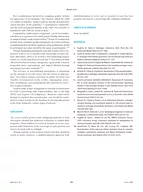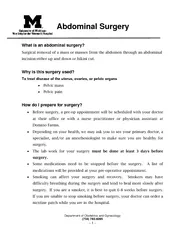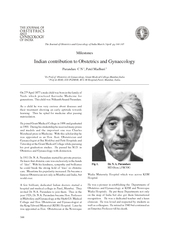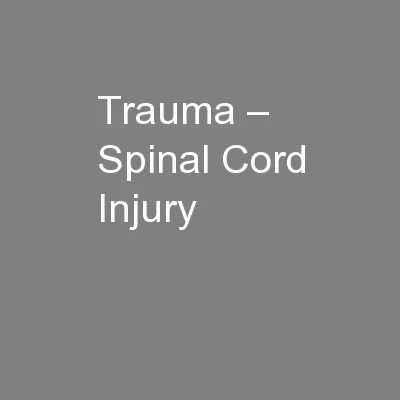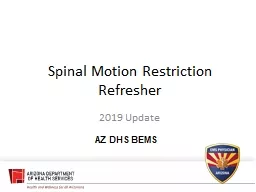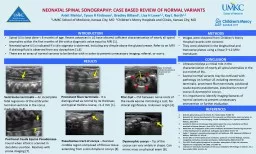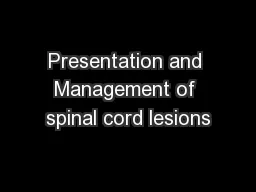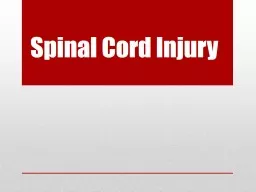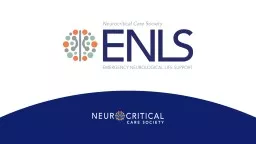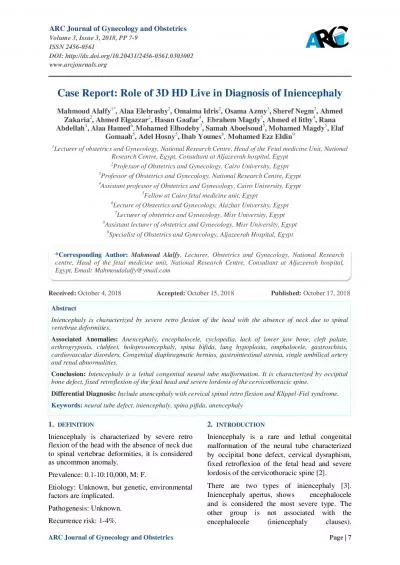PPT-Case Presentation: High Spinal in Obstetrics
Author : mary | Published Date : 2022-07-01
Presented By Dr Ahmed Naeem PGI Dept of Anesthesia FMH Case Data A 34 year old booked female was brought into operating room on 8 th September with 374 Weeks Gestational
Presentation Embed Code
Download Presentation
Download Presentation The PPT/PDF document "Case Presentation: High Spinal in Obstet..." is the property of its rightful owner. Permission is granted to download and print the materials on this website for personal, non-commercial use only, and to display it on your personal computer provided you do not modify the materials and that you retain all copyright notices contained in the materials. By downloading content from our website, you accept the terms of this agreement.
Case Presentation: High Spinal in Obstetrics: Transcript
Download Rules Of Document
"Case Presentation: High Spinal in Obstetrics"The content belongs to its owner. You may download and print it for personal use, without modification, and keep all copyright notices. By downloading, you agree to these terms.
Related Documents


